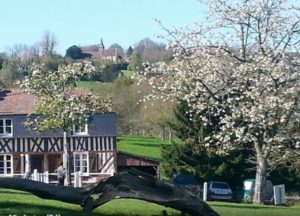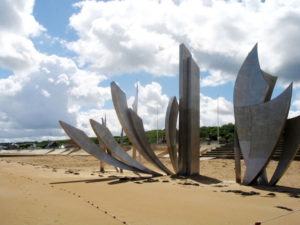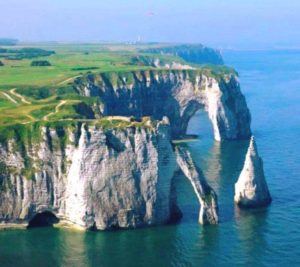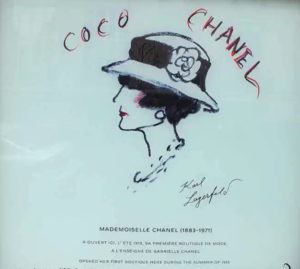ROUEN- NORMANDY’S VIBRANT, HISTORIC & CULTURAL CAPITAL
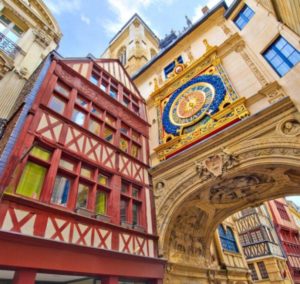
Situated on the banks of the river Seine, Rouen is the capital of the Haute Normandie region. An active port and commercial city even in the Roman era and Middle ages, Rouen has a number of ornate Gothic churches, beautiful medieval half-timbered houses, a cobblestoned pedestrian centre and its famous astronomical clock. Even if you’ve never been there, you’ll likely to recognise its Cathedral of Notre Dame from the numerous paintings of Claude Monet and J.M.W. Turner, and of course, know it as the place where Joan of Arc was burned at the stake in 1431. As well as its long, and often turbulent history, Rouen is also a modern city known for its art, culture and excellent food.

